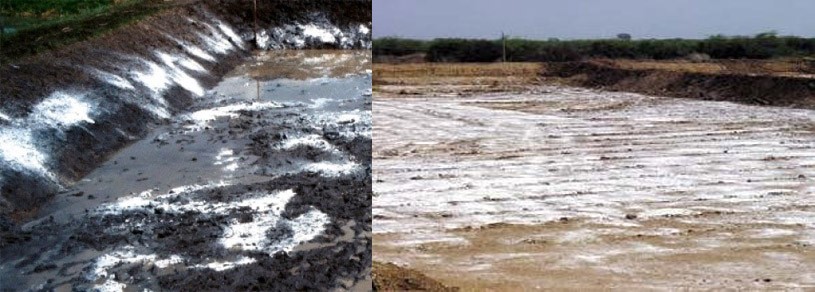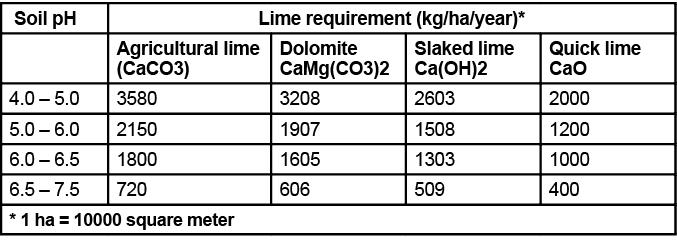
Jyotish Barman
Scientist (Fisheries Resource Management), ICAR Nagaland Centre
The basic aim of good pond management is to increase fish production. Liming is the first step of management of fish pond. Lime is applied in ponds to check acidic condition, which mainly happens due to prolonged water logging, planting of coconut and other high mineral-absorbing plants on the bund area, organic matter accumulation in the pond bottom due to intensive use of feed materials, manures and some acid forming fertilizers or due to non-availability of calcium and magnesium.
Beneficial effect of liming:
• Liming accelerates the process of decomposition of the organic matter at the pond bottom
• The bottom soil pH and water pH will increase, becomes more stable and promotes biological productivity
• Liming increases the total alkalinity of water thereby increases the availability of carbon dioxide for photosynthesis
• Liming reduces toxic effects of harmful compounds including disinfecting the environment to prevent fish disease
• Excess organic matter will precipitate, decreasing the demand for dissolved oxygen in the pond water
When to use lime for conditioning the pond:
Liming fish ponds as such is not always necessary. However, if the pond shows any of the following characteristic, liming is justifiable.
• If the pH of the pond bottom soil is less than 6.5
• If the pond bottom is very muddy because it has not been regularly drained or dried, liming will improve soil conditions
• If there is the danger of spread of a contagious disease or if common pests need to be controlled, liming can help
• If the amount of organic matter is too high, either in the pond bottom soil or in the water
• If the total alkalinity of water is less than 25 mg/litre CaCO3 .
• If the pH of the pond water at the end of the day is low
Types of liming material:
A number of different substances are used as liming materials. Some of the liming materials used are:
a) Calcium carbonate (CaCO3) or calcite limestone
b) Calcium magnesium carbonate [CaMg(CO3)2] or dolomite lime stone
c) Calcium hydroxide Ca(OH)2
d) Slags
e) Pressmud
Lime dosage:
Dosages of lime are calculated based on the neutralizing value of liming material. Agricultural lime or dolomite is more preferred material as these releases bicarbonate ions slowly and for longer period of time to maintain alkalinity at desired levels.
According to the pH, lime is usually applied in ponds in the following dose.

Method of application of liming materials:
Dry Pond:
• Ponds should be drained and cleaned prior to applying lime. After draining, the bottom should be exposed to sunlight for drying
• Take the required amount of lime and grind into powder and then broadcast it evenly over the bottom.
Water-filled pond:
• For non-drainable ponds, the lime material should be first diluted in water in a steel or aluminium container and allowed to cool. The liquid lime then should be sprayed over the pond surface evenly.
Timing of application
• Limestone can be added anytime during the production cycle.
• The best time to apply lime is in the afternoon hours for achieving better results.
• Lime application during morning hours often leads to no results or poor result
• Usually liming materials and fertilizers are applied separately. Liming should be done at least 2 weeks before any application of fertilizers.
• It is better to apply lime during approach of winter in order to provide effective sanitation in ponds and prevent occurrence of diseases such as EUS.



